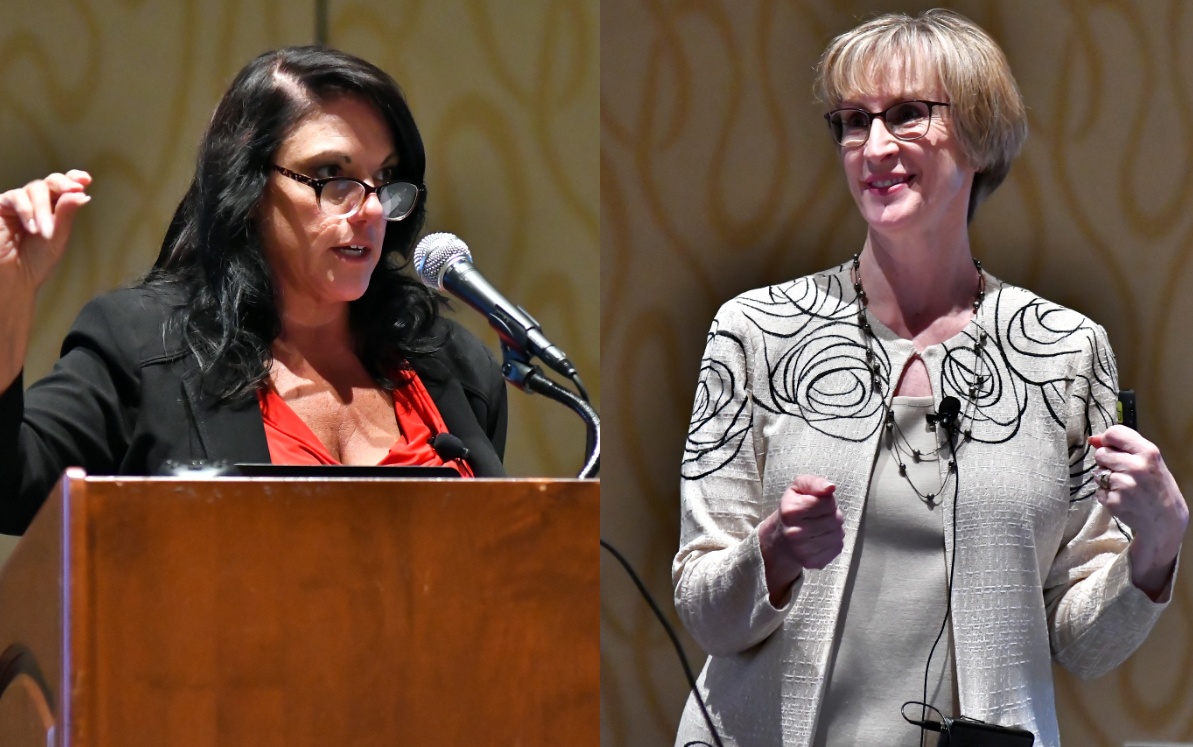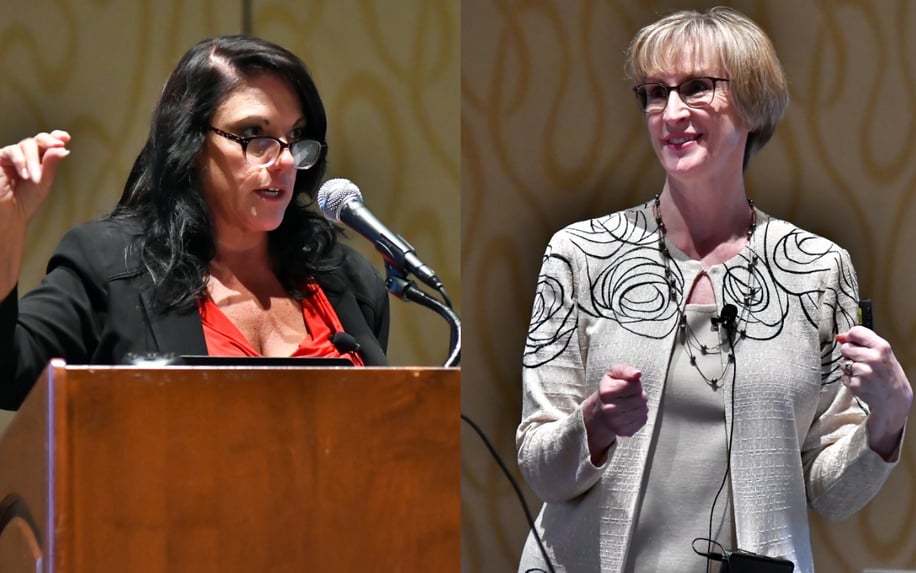
Kiko Martinez
May 19, 2017
Secret to a Successful Year-End: Plan So Well It’s a Non-Event


The message during Friday’s workshop session “Secrets of a Successful Year-End” was a simple one: Avoid feeling stressed during your company’s year-end by planning accordingly.
To help attendees plan for their own year-end, Sally Thomson, CPP, APA’s Director of Payroll Training, and Luanne Brown, CPP, Director of Payroll Services at Grand Valley State University, shared some best practices and the importance of a year-end checklist, including year-round planning, reconciliations, and a review of fringe benefits.
“We want to help reduce the stress and busy-ness of year-end,” Thomson told Congress Today before the session. “By detailed planning, reconciliations, and thoroughly documenting all payroll steps, year-end can become a non-event.”
With payroll being one of the most heavily regulated areas of business, Thomson said 100% accuracy is the minimum expectation. Anything less could result in major problems such as under- or over-payments to employees, late or under-deposited taxes, late filing of returns, and possibly misstating financial statements for the organization, which could result in penalties and fines for noncompliance.
“Year-end is an extremely busy time for payroll departments, and it isn’t the time to realize an error occurred earlier in the year that hasn’t yet been corrected,” Thomson said. “Year-end is where every payroll transaction throughout the year ties together. Timing is crucial.”
By the end of the session, Thomson hoped attendees learned how to effectively communicate with other departments and all employees to streamline year-end processes.
“There’s no room for procrastination in a payroll department,” she said. “Detecting and correcting errors quickly is a time-saver. By keeping year-end in mind all year long and following some best practices we share, you can become the payroll rock star in your organization.”




-1.png?width=150&height=71&name=MicrosoftTeams-image%20(1)-1.png)